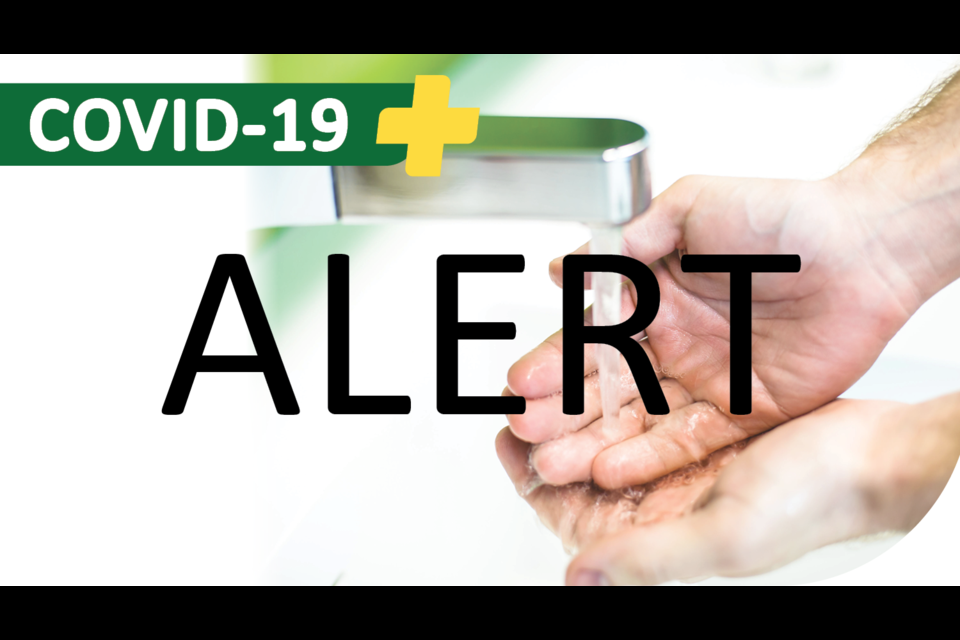REGINA — The Saskatchewan Health Authority is already preparing to handle significant staffing strains due to health care workers isolating with COVID-19, with the release of an updated plan on Thursday.
Officials from the Provincial Emergency Operations Centre detailed the health authority’s current surge plan during a briefing with media on Jan. 13, which included PEOC lead Marlo Pritchard, SHA chief of emergency operations Derek Miller and chief medical health officer Dr. Saqib Shahab.
The current surge plan has five core strategies, which includes establishing Go Teams that can mobilize and deploy quickly to maintain key services, cross-training staff to fulfill multiple system needs and using supplemental workforce teams.
The plan also prioritizes the maintenance of emergency medical services to help address COVID surge demands, optimization of acute care capacity and emergency department flow, and the possibility of limited and targeted service slowdowns if required.
Pritchard said these actions would be implemented only if the province experiences a significant increase in patients requiring acute care, or if there were significant staffing shortages within the system.
“I really do want to emphasize that this is a proactive plan,” said Pritchard.
Pritchard said the first priority is to ensure staff are able to maintain the system’s capacity and continue delivering necessary services.
The SHA is anticipating as many as 15 to 20 per cent of staff will require a COVID-related absence in the near future, said Miller, which is the basis for the plan details.
Miller said those figures aren’t expected to represent a wide-spread gap in staff across the system at one time, but rather absences in specific locations or facilities moving forward.
“Where [facilities] may experience that kind of absenteeism, that’s where we’re preparing for the goal terms that have been identified,” said Miller.
Staff callouts in order to self-isolate are already occurring, confirmed Miller, at both provincial facilities and local practices across the province.
“Over this last week, we had about 1,000 people that were identified as taking time off for COVID-related illness,” said Miller.
Pressures on testing clinics are also already occurring, with wait lines reported to be long at many sites across the province. Miller said the current goal of these sites is to process 3,000 to 4,000 tests per day and to “meet demand,” but noted that high-risk cases are currently being prioritized.
HealthLine 811 has also experienced three times as many calls in the last month than in previous months, said Pritchard, and 72 administrative staff and 11 registered nurses are already being redeployed from supplemental teams to help the service.
“The SHA is staffed up well above the baseline for this service and more work to supplement those resources is ongoing,” said Pritchard.
Miller said the SHA is currently staffed “at about 40 per cent higher than in the fourth wave” and supplemental staff will come from several areas, including re-prioritization of current staff and the addition of shifts for casual staff.
The SHA is also looking to again bring back retired health care workers who are willing, as well as outsourcing staff from private partner organizations or contracted services.
Targeted slowdown may also be implemented, to aid in the redeployment of staff, like in previous waves.
“The more significant the numbers [of hospitalizations], the more significant the level of service disruptions that would occur,” said Miller.
Shahab once again noted that the surge plan will rely on the public’s adherence to as many safety practices as possible, to keep hospitalization rates low.
He highlighted increased avoidance of gatherings and close contact, regular rapid testing and wearing the “best mask at all times” while in public.
“All those measures are going to be critical, but I think we will see significant pressures because of high exposure in the population, that impacts all sectors,” said Shahab. “We will need to manage that.”
He also reminded eligible residents to seek full vaccination, all the way to a third booster shot, as the best method to help reduce serious COVID outcomes.
“Boosting is the most important thing we can do to prevent hospitalization pressures,” said Shahab.
Shahab confirmed that discussion is underway regarding the delivery of a fourth dose booster program, which he said may be directed towards the most vulnerable — older demographics and those with compromised immune responses.
“Breakthrough analysis continues to show that those who are older, those who are immunosuppressed, are at higher risk for hospitalization, even if they have received a second dose or a booster dose,” said Shahab.
Potential launch of fourth dose boosters is looking at February, said Shahab, as it would make the vaccines available five months after the beginning of the third dose booster launch.
He also said no details regarding the rollout have yet been solidified.




